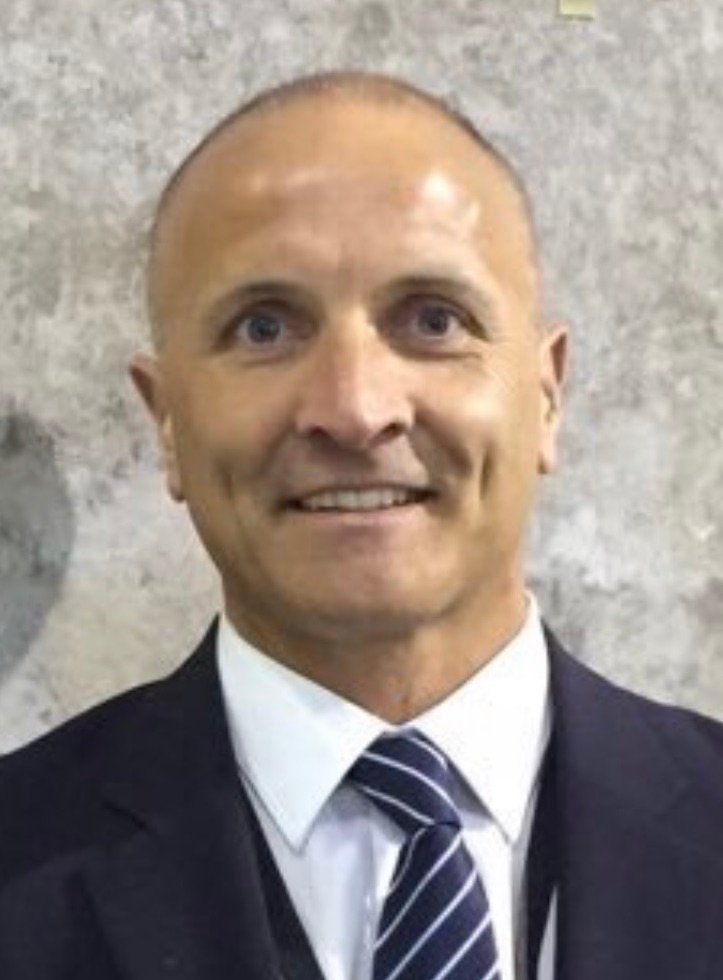Nearly 1,000 people from across Scotland and further afield joined the latest OSS webinar, on ‘School Sport and PE’, and many took confidence from hearing about New Zealand’s changed thinking and return to sport this month without social distancing.
Perhaps indicating a level of concern in Scotland around the now-confirmed return to school on 11 August, over 1,000 people registered for the webinar and 920 took part, with more than 900 more watching the video replay. We asked all attendees, the vast majority of whom were PE teachers, how confident they were about returning to PE and sport at the tart of the webinar, and 95% stated that they were not at all confident. We polled them again at the finish and asked if the discussion had improved levels of confidence and 45% said it had and they now had a greater level of confidence and clarity around how sport and PE could return in Scotland, potentially without social distancing, if the Scottish Government followed the New Zealand lead. [Update: he Scottish Government did not follow the New Zealand lead and schools reduced sport and PE throughout 2020-21].
Accepting that New Zealand has different geography and have had a very different experience with coronavirus – they enforced a strict lockdown on the same day as did Scotland (23 March), however, at a stage when there had been just 200 cases and no deaths, containing it so well that they still have experienced only 1,154 cases and 22 deaths to date – the discussion focused on the planning behind New Zealand’s return to school 0n 18 May, with PE and sport, and creation of ‘bubbles’ within which social distancing did not apply.
The OSS introduced Garry Carnachan, CEO of School Sport New Zealand, who explained how New Zealand had changed its thinking from initially fearing social distancing would be necessary for most of 2020 to realising that hygiene and contact tracing, and keeping activity local, could be more effective than distancing.
“Sporting bodies and families are hurting and coming back to sport is difficult, and dealing with uncertainty is difficult,” Garry acknowledged. “But the approach in New Zealand has been to prioritise the return very much at local level, in school, community level rather than national level, which removes a lot of barriers and mitigates a lot of risks.
“Probably never in recent history has sport had so much value to offer to education.”
“Its ability to deliver in the physical sense has always been very obvious, but its ability to deliver in terms of the mental and social health and wellbeing of our young people is immense, and is going to be really important to bringing people back into what will be a ‘new normal’ for them. It offers a huge context to build self-confidence and social confidence. And so, in New Zealand, the return of sport has been led in schools.
“Social distancing is a challenge, however if you have the mitigations in place, such as hygiene and sanitising equipment, but in particular contract tracing [risk is lessened]. We have ‘bubbles’ and schools know who is there, who is in their ‘bubble’, and how to find them quickly so if there is a case [of coronavirus] – they are much better placed than community sport to trace it. The thinking here is that if you get cases – and we have had five days with zero cases now – we can very quickly follow up where they and the clusters are. Schools have a massive advantage in contact tracing.
“So, in New Zealand, the rules have been different where the schools have come back without the public mass gathering restrictions. So if a teacher is coaching a football team he can coach his squad, but, in the community, we had a mass gathering maximum of ten for the last few weeks [lifting to 100 next week] because schools are much better placed to deal with the risks and challenges he have talked about.”
Social distancing accepted as ‘damn near impossible’ in schools and on buses
Asked to clarify that there is no social distancing in New Zealand schools, he added: “Where it’s practical social distancing is encouraged but it’s difficult to play a game of rugby with social distancing, or for a group of five-year-olds, in or out of classrooms, to have social distancing. My wife is a teacher and returned to school and the girls just wanted to hug each other. So, when you’re working with children trying to maintain social distancing is damn near impossible so it’s those other mitigations – hygiene, sanitising and in particular the ability to contact trace anybody within that environment – that is key.”
In answering questions from attendees, Gary explained that buses and other school transport are also exempt from social distancing measures, provided the children are in that one school ‘bubble’.
Asked if he thought Scotland could create a similar three-step system to New Zealand, of ‘Prepare to Train’, ‘Prepare to Play’ and ‘Play’ inside the 11 weeks between now and the August 11 return date, he said: “Definitely. You have 11 weeks to get ready, put the mitigations in and get rid of the red tape.
“In the ‘getting ready’ phase you get planning and the pedagogical side kicks in. In New Zealand, we have had a three-week phase of returning to training and preparing children to play, but PE teachers are experts in designing how to get children ready, so they have a massive advantage.”
Time to rip up Scotland’s ‘aye been’ approach?
A big question in Scotland will be where the coronavirus sits come August, and when their cases have reached New Zealand levels. George Salmond, Head of the Junior School at George Watson’s College, spoke of the challenges he is facing at a large independent school, even with more freedom to create a new approach.
“This is maybe a good opportunity to rip up what has ‘aye been’ done, and the New Zealand ‘bubble’ idea is interesting. We have about 1,000 children in the primary school so we will have to stagger the school day and perhaps what we’re able to offer after school but I hope not.

Blair Young, Former Head of Bigger HS and President of Scottish Association of Teachers of Physical Education (SATPE)
“One of the practical things we’re considering is replicating what our sporting provision might have been in the summer instead in the winter term. Hopefully, August and September will be kind weather-wise to allow cricket, athletic sand tennis to all unto get started. But there will be challenges. It may be easier in the primary school context. Children at that level have been good at embracing daily activity during lockdown but the older teenagers may nee ole attention to ensure they are not lost to sport.
“It’s very encouraging to hear what the programme has been in NZ, albeit they haven’t had the same numbers of COVID-19 that we have had here, and it provides some light at the end of the tunnel.”
Blair Young, former Head of PE at Biggar High School, added: “By the time people start back at school they will have been out of school for 144 days and so the opportunity we have in schools to sport has a big part to play, albeit it may be a different sport to what we’re used to doing in the initial phases. But I am encouraged today and by what I’m hearing and seeing from people across PE and sport. There has been a lot of thinking going on around how we can support youngsters when we come back, and a lot of people have taken the time we’ve been given.”
Research suggests sport as no1 for connecting children to school
All OSS webinars include research aimed at informing and education get discussion, and Dr Shirley Gray, Senior Lecturer in PE at the University of Edinburgh, shared research on the TPSR approach to PE teaching developed among tough neighbourhoods in Chicago, and how
“It is safe to assume that some children will find it challenging. Some might not and some might thrive. But some will not related to experiences they have had during lockdown, with loss, trauma and anxiety, and some may feel returning to school is an intrusion or disruption to the safety they felt learning in their home. So, whatever the reasons are for finding this transition difficult, I think we can say that launching into teaching as usual may be problematic. and time will need to be spent re-establishing relationships and routines.”
Dr Gray spoke of research developed by Don Hellison in Chicago (see blog here), using sport to help people function more effectively in society. He developed Teaching for Personal and Social Responsibility (TPSR), delivering PE with explicit development of social and emotional competencies, such as self-awareness, self-management, relationship skills, social awareness and responsible decision-making. Research showed young people who had developed these competencies are more resilient in the face of difficult situations and have better overall health and wellbeing.
Dr Gray also reported on recent research showing that a positive experience of PE and school sport, and art subjects, made children feel more connected to school than any other subject, further underlining the value of sport to children’s return to school. For further information on the research, contact Shirley at: shirley.gray@ed.ac.uk or follow her on Twitter @shirley_MHSE. There was discussion around supporting teachers through changing styles, and mention of the successful New Zealand ‘Teachers Games’.
Garry concluded: “There has never been a time when sport has greater value across the spectrum of education. There is a real opportunity for schools to lead the way and we have to sell to our schools the value that sport brings in terms of bringing back kids’ self-confidence, ability to relate to others, and ability to participate and contribute in group environments, which is so vital to their development in all subjects.
“The kids will need time and activities will need to be carefully managed, but they will like doing it, and that time, if provided, will be well worth it if for the whole school environment.”
To see the video replay, click here









Thought Piece from Charlie Raeburn for Reform Scotland